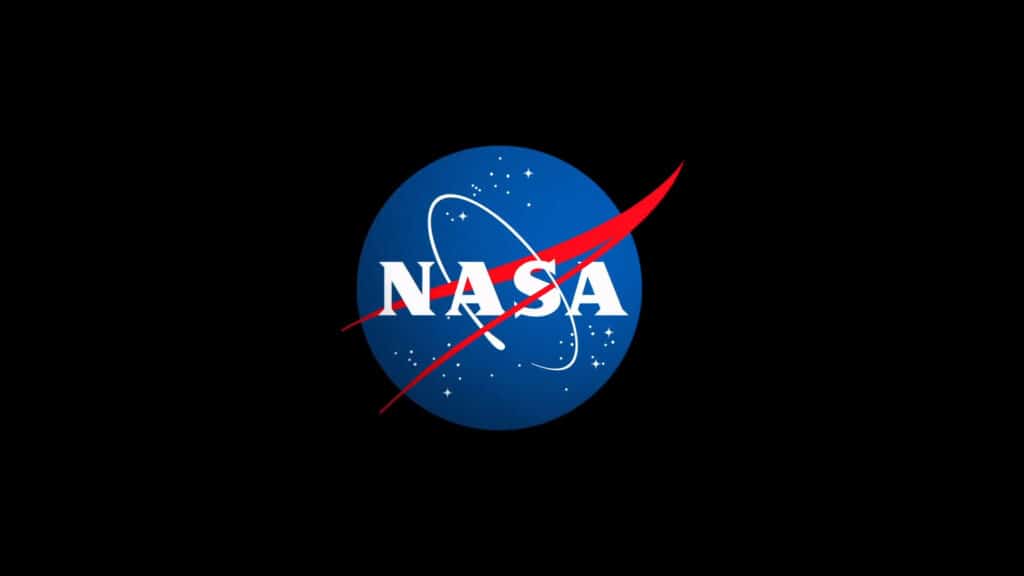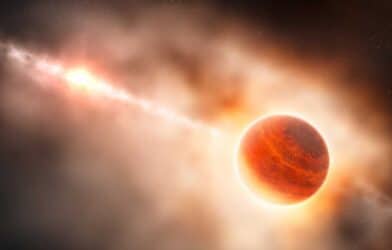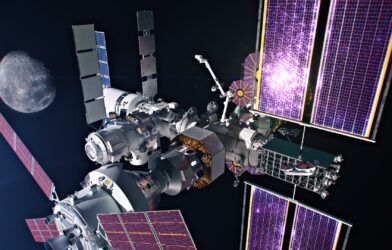NASA has released its much-anticipated independent report on Unexplained Aerial Phenomena (UAP), also commonly referred to as UFOs. The agency commissioned the study to figure out how it can contribute to the federal government’s broader efforts to understand UAPs—objects or events in the sky that can’t be easily explained as balloons, planes, or any known natural phenomena.
For astronomy lovers and sci-fi fanatics who are hoping for the revelation of alien life, unfortunately the report concludes there’s nothing to confirm that documented UFO sightings are from faraway worlds. But experts aren’t necessarily ruling the possibility out. “At this point there is no reason to conclude that existing UAP reports have an extraterrestrial source,” the report reads. “However, if we acknowledge that as one possibility, then those objects must have traveled through our solar system to get here.”
Scientists have long faced a significant hurdle in identifying rare and unusual signals amid a multitude of distractions—something experts call “background noise.” For instance, to dodge earthly interferences while searching for elusive particles like neutrinos, experiments are often conducted underground at locations like Italy’s Gran Sasso National Laboratory or Antarctica’s IceCube facility.
However, places like the airspace around military sites present unique challenges. Due to the constant activity of human aircraft, drones, balloons, and other flying objects, these zones are notoriously noisy, making it difficult to distinguish UAP from conventional airborne events.
Hunting in Quieter Spaces
Geographically sparse locations like the airspace above the South Pole may offer a better chance at identifying these mysterious occurrences. But scientists caution that the quest for UAP is riddled with unknowns. “It’s not clear whether limiting the search geographically would exclude their presence, or whether environmental phenomena could also be a significant, location-dependent source of noise,” the research notes.
The good news is that advancements in analytical techniques have sharpened our ability to pick out a needle in a haystack. Scientists now have the capacity to “find extremely rare signals within a sea of clutter,” from discovering elusive subatomic particles like the Higgs Boson to detecting faint signs of exoplanets among billions of other stellar particles. If the noise can’t be minimized, it needs to be studied in extreme detail.
To aid this, a comprehensive database is suggested, which would include real-time and historical data on all kinds of airborne activities—from the number of drones in the sky to the launch rates of balloons.
Two Approaches to UAP Investigations
Searching for UAP involves two basic strategies: Either you know exactly what you’re looking for and scan the data for that specific signal, or you understand the regular background “hay” so well that anything different—or “anomalous”—immediately stands out.
Machine learning and artificial intelligence are also touted as possible game-changers in this area, especially once high-quality data becomes available for analysis.
NASA plans to utilize its extensive range of Earth- and space-observing equipment to dig into the UAP mystery. While the agency’s Earth-observing satellites may not be designed to spot small objects like UAPs, they can still collect valuable environmental data. NASA aims to determine if specific atmospheric or environmental factors are associated with UAP sightings.
UAP research faces many challenges due to poor sensor quality, inconsistent data, and other technical hurdles. NASA’s expertise is seen as crucial in overcoming these challenges to collect reliable data.
“The importance of detecting UAP with multiple, well-calibrated sensors is paramount,” the panel noted. NASA may also employ advanced data types, like multispectral or hyperspectral data, which capture information across various wavelengths of light.
The panel suggests that NASA should consider crowdsourcing as a data collection method, possibly through smartphone apps that could allow ordinary citizens to contribute to the research. Such a strategy could also help reduce the public stigma often associated with reporting UAP sightings.
“NASA’s very involvement in UAP will play a vital role in reducing stigma associated with UAP reporting,” the panel states, emphasizing NASA’s potential to encourage transparent reporting and rigorous analysis.
The Broader Context: Life Beyond Earth
Interestingly, the search for UAP aligns with the long-standing scientific pursuit for extraterrestrial life, spearheaded by fields like astrobiology and the Search for Extraterrestrial Intelligence (SETI). These communities are experts at distinguishing ‘ordinary’ from ‘extraordinary,’ using both ground-based and space-based tools.
“Searching for signs of alien technology is a natural extension of those investigations,” the research suggests. And even if all UAPs turn out to have conventional origins, the quest itself could provide valuable insights into other scientific questions, ranging from the existence of life on Mars to the potential of advanced civilizations capable of interstellar travel.
So as NASA and the DoD delve deeper into this puzzling area, one thing is clear: the search for UAP isn’t just about identifying strange objects in our skies. It’s part of a larger quest that could answer some of humanity’s most pressing questions, from what flies in our own atmosphere to what—or who—might be out there in the cosmos.












